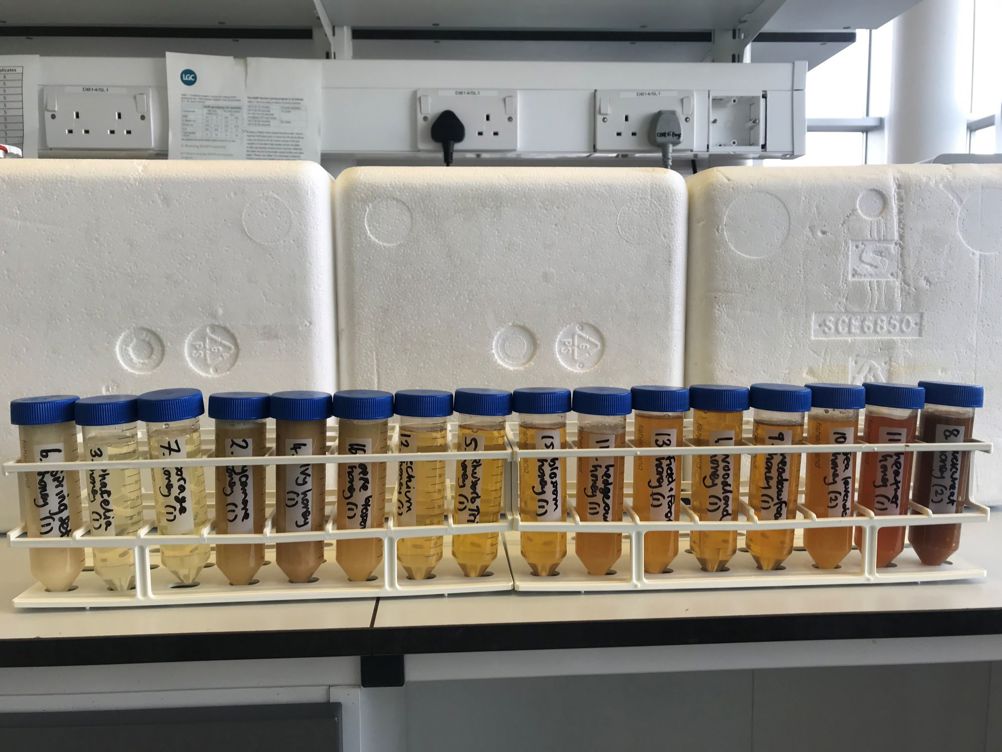Almost £90m worth of honey was imported into the UK in 2023. However, a European Commission report from the same year found that 46 per cent of 147 honey samples tested were likely to have been adulterated with cheap plant syrups.
Related content
Two new pieces of research led by Cranfield University could now lay the foundations for detecting this widespread adulteration of honey. The first, published in Foods 2024, describes how a combination of spatial offset Raman spectroscopy (SORS) and machine learning was used to identify fraudulent honey. The non-invasive laser analysis technique was able to rapidly establish the ‘fingerprint’ of each ingredient in the product. Scientists used machine learning to analyse the SORS data, successfully detecting and identifying sugar syrups from various plant sources.
“Honey is expensive, and in demand – and can be targeted by fraudsters which leaves genuine suppliers out of pocket and undermines consumers’ trust,” said research lead Dr Maria Anastasiadi, lecturer in Bioinformatics at Cranfield University.
“This method is an effective, quick tool to identify suspicious samples of honey, helping the industry to protect consumers and verify supply chains.”

A second research project also featuring Dr Anastasiadi describes how ‘DNA barcoding’ was used to detect rice and corn syrups in UK honey samples.
The study used 17 honey samples collected from bee farmers around the UK, representing different seasons and floral nectar sources, as well as four shop-bought samples of UK honey. All these samples were then deliberately spiked with corn and rice syrups produced in a range of countries.
The researchers then applied DNA barcoding to break down the composition of each sample, successfully detecting syrups even at one per cent adulteration level. While DNA barcoding has been used previously in food authentication to identify plant species in products, it has yet to be widely applied to the problem of honey fraud. The research was published in Food Control.
“To date, DNA methods haven’t been widely used to examine honey authenticity,” said Dr Anastasiadi. “But our study showed that this is a sensitive, reliable and robust way to detect adulteration and confirm the origins of syrups added to the honey.
“The large variation of honey composition makes it particularly difficult to authenticate. So having this consistent technique in the testing armoury could take the sting out of honey fraud.”











PMI falls as manufacturers feel the squeeze
17 months or two and a half years - which is it?